I can See YOU….
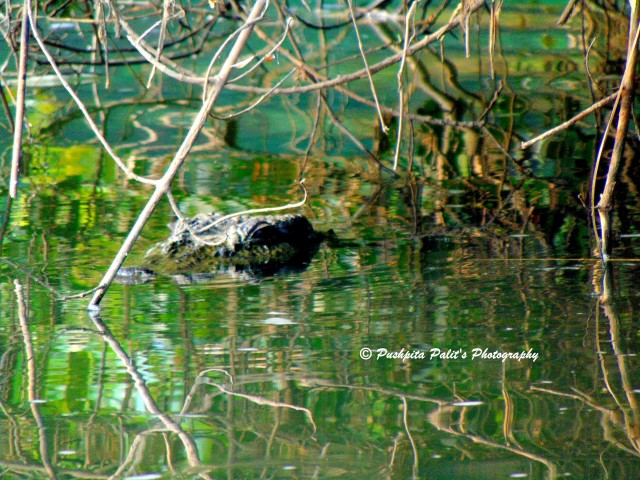
The Mugger Crocodile (Crocodylus palustris), also called Marsh Crocodile, Broad-Snouted Crocodile and Mugger is a crocodilian native to freshwater habitats from southern Iran and Pakistan to the Indian subcontinent and Sri Lanka. It is extinct in Bhutan and Myanmar and has been listed as Vulnerable on the IUCN Red List since 1982.
It is a medium-sized crocodile that inhabits lakes, rivers, marshes and artificial ponds. Both young and adult mugger crocodiles dig burrows where they retreat when temperature drops below 5 °C (41 °F) or exceeds 38 °C (100 °F). Females dig holes in the sand as nesting sites and lay up to 46 eggs during the dry season.
Characteristics
- The mugger crocodile is considered a medium-sized crocodilian, but has the broadest snout among living crocodilians. It has a powerful tail and webbed feet. Its visual, hearing and smelling senses are acute.
- Mugger hatchlings are pale olive with black spots. Adults are dark olive to grey or brown. The head is rough without any ridges and large scutes around the neck that is well separated from the back.
- Scutes usually form four, rarely six longitudinal series and 16 or 17 transverse series. The limbs have keeled scales with serrated fringes on outer edges, and outer toes are extensively webbed.
- The snout is slightly longer than broad with 19 upper teeth on each side. The symphysis of the lower jaw extends to the level of the fourth or fifth tooth. The premaxillary suture on the palate is nearly straight or curved forwards, and the nasal bones separate the premaxilla above,
- Adult female muggers are 2 to 2.5 m (6 ft 7 in to 8 ft 2 in) on average, and male muggers 3 to 3.5 m (9 ft 10 in to 11 ft 6 in). They rarely grow up to 5 m (16 ft 5 in). The largest known muggers measured 5.63 m (18 ft 6 in).
Distribution and Habitat
The mugger crocodile occurs in southern Iran, Pakistan, Nepal, India and Sri Lanka, but is probably extinct in Bangladesh. It inhabits freshwater lakes, rivers and marshes, and prefers slow-moving, shallow water bodies. It is also known to thrive in artificial reservoirs and irrigation canals.
Behavior and Ecology
- The mugger crocodile is a powerful swimmer that uses its tail and hind feet to move forward, change direction and submerge. It belly-walks, with its belly touching ground, at the bottom of waterbodies and on land. During the hot dry season, it walks over land at night to find suitable wetlands and spends most of the day submerged in water. During the cold season it basks on riverbanks, individuals are tolerant of others during this period. Territorial behaviour increases during the mating season.
- Like all crocodilians, the mugger crocodile is a thermoconformer.
Hunting and Diet
- They prey on turtles, birds and mammals including monkeys, squirrels, rodents, otters and dogs. It also scavenges on dead animals.
- During dry seasons, muggers walk many kilometers over land in search of water and prey. Hatchlings feed mainly on insects such as beetles, but also on crabs and shrimp and on vertebrates later on.
- Muggers have also been observed while preying and feeding on a python
Tool Use
Mugger crocodiles have been documented using lures to hunt birds. This means they are among the first reptiles recorded to use tools. By balancing sticks and branches on their heads, they lure birds that are looking for nesting material. This strategy is particularly effective during the nesting season.
Reproduction
Female muggers obtain sexual maturity at the age of about 6.5 years, and males at around 2.6 m (8 ft 6 in) body length. The reproduction cycle starts earliest in November at the onset of the cold season with courtship and mating. Between February and June, females dig 35–56 cm (1.15–1.84 ft) deep holes for nesting between 1 and 2,000 m (3.3 and 6,561.7 ft) away from the waterside. They lay up to two clutches with 8 to 46 eggs each. Eggs weigh 128 g (4.5 oz) on average. Laying of one clutch usually takes less than half an hour. Thereafter, females scrape sand over the nest to close it. Males have been observed to assist females in digging and protecting nest sites. Hatchling season is two months later, between April and June in South India, and in Sri Lanka between August and September. Then females excavate the young, pick them up in their snouts and take them to the water. Both females and males protect the young for up to one year.















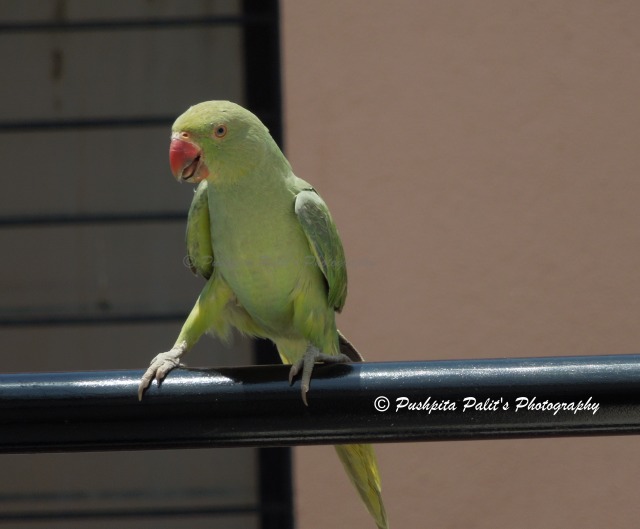
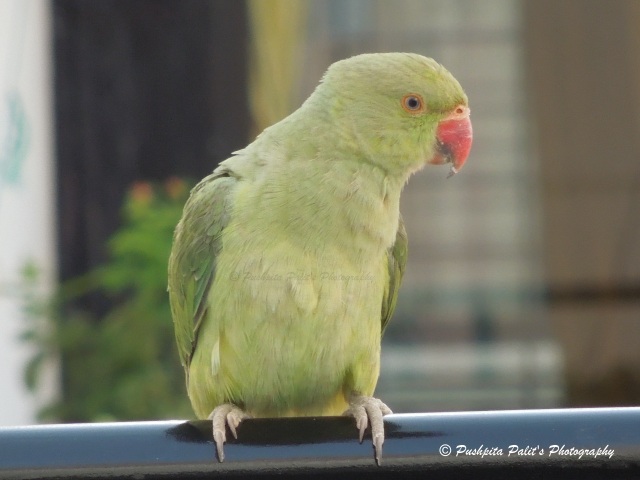
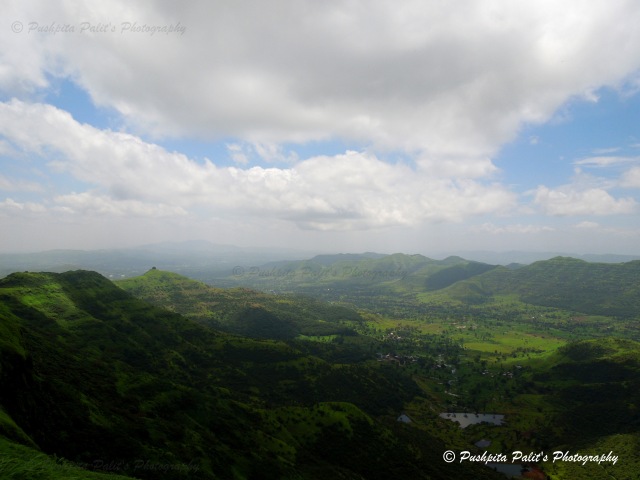
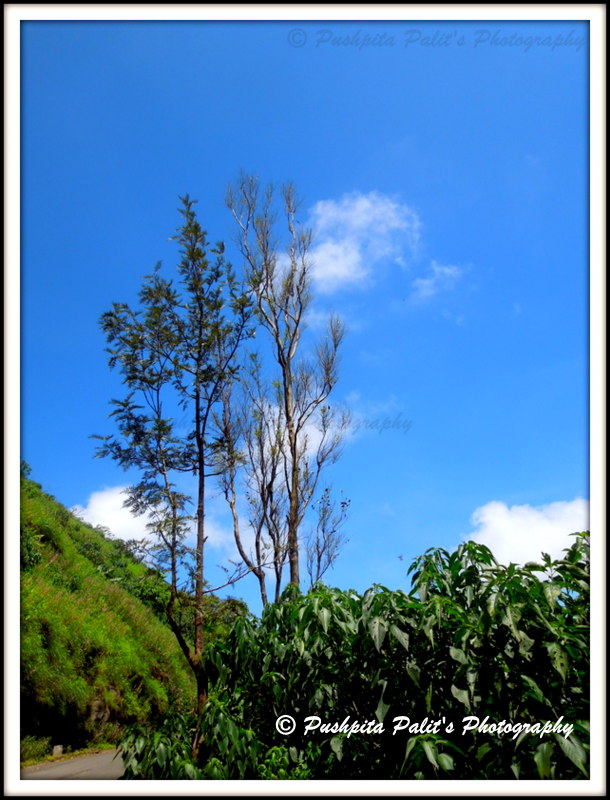
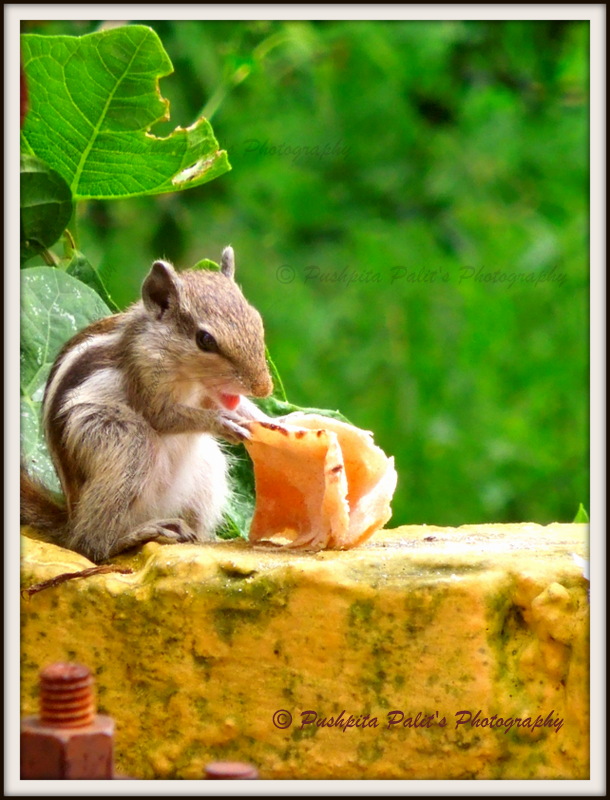
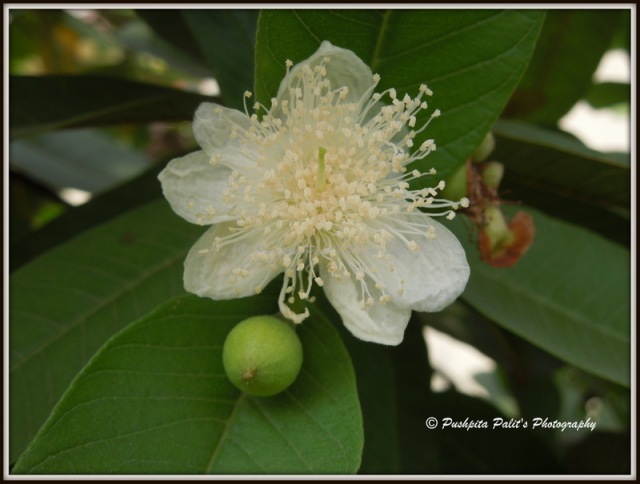
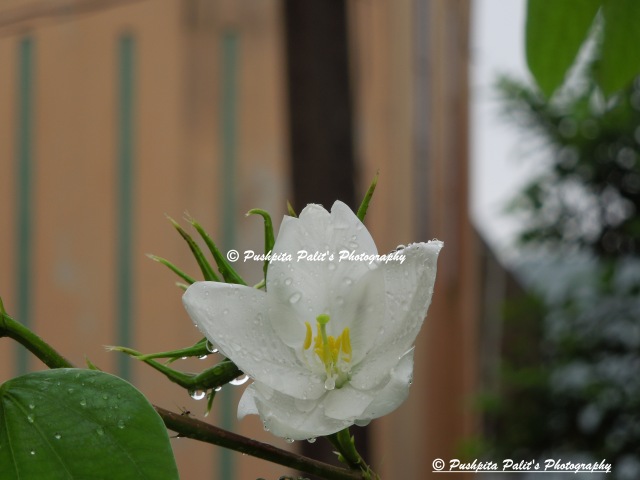
You must be logged in to post a comment.